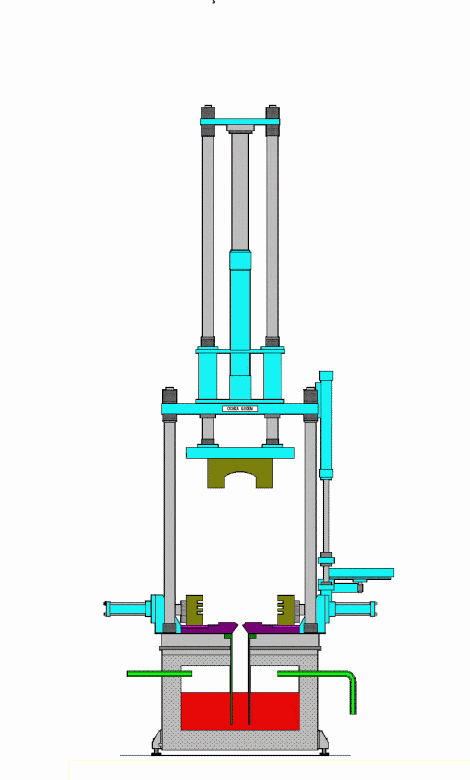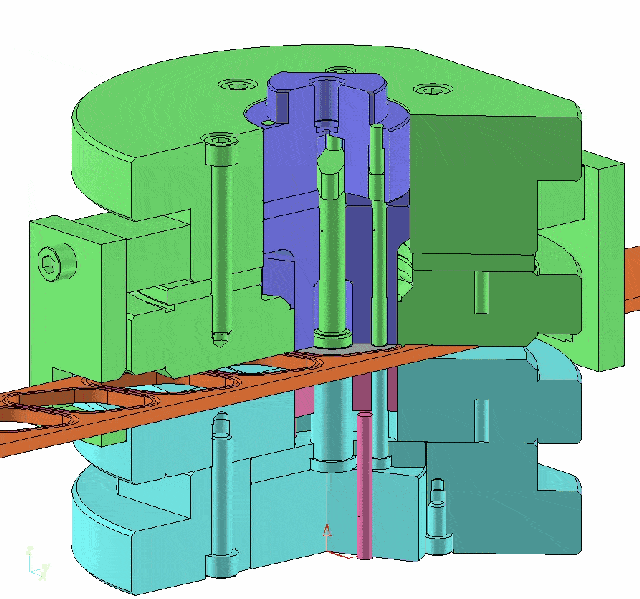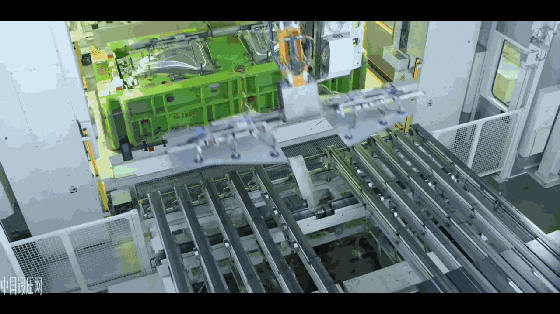technological innovation
The differences and advantages and disadvantages of extruded aluminum profiles, die casting and stamping aluminum alloy products
Extruded aluminum profiles, die-casting and stamping aluminum alloy products are three different aluminum processing techniques, and they have significant differences. Here are the differences and advantages/disadvantages of each:
Extruded aluminum profiles.
Extruded aluminum profiles are produced by heating aluminum rods or ingots to a certain temperature and then extruding them through a die to form aluminum materials with the desired cross-sectional shapes.

Advantages:
a) Lightweight: The density of extruded aluminum profiles is only 1/3 of other metal materials, making it suitable for lightweight designs.
b) Good plasticity: It can adapt to various complex cross-sectional shapes.
c) Excellent corrosion resistance: It can be widely used in industries such as construction, automotive, and aerospace.
d) Diverse surface treatments: Various surface treatments such as anodizing, electrophoretic coating, and spraying can be applied to achieve a variety of colors and textures for decorative purposes.
Disadvantages:
a) Generation of internal stresses: The production process of extruded aluminum profiles can lead to the formation of internal stresses, resulting in deformation of the profiles.
b) Low tensile strength at high temperatures: Extruded aluminum profiles have limited resistance to high temperatures, with lower tensile strength under high temperature conditions.
Die casting aluminum alloy products.
Die casting aluminum alloy products are manufactured by injecting molten aluminum alloy into steel molds, rapidly solidifying under high pressure, and then extracting the products from the molds.


Advantages:
a) Suitable for mass production and allows for high production efficiency.
b) It can produce parts with high precision and good surface smoothness.
c) Pressure die-cast aluminum products exhibit good dimensional stability and mechanical performance.
d) Ability to manufacture complex shapes and thin-walled aluminum alloy products.
Disadvantages:
a) Pressure die-cast aluminum products may have gas porosity, resulting in relatively lower strength.
b) Relatively complex surface treatment process: Additional processes such as deburring, chamfering, and polishing are required for surface treatment.
c) The cost of molds for pressure die casting is relatively high, making it less suitable for small-scale production.
stamping aluminum alloy products
Stamping is a process of shaping aluminum alloy sheets by placing them into a stamping machine and using dies to cut, punch, and bend the sheets into the desired shapes.


Advantages:
a) It allows for fast and efficient mass production.
b) high precision and good repeatability of the produced parts.
c) Complex sheet metal processing can be achieved, such as cutting, punching, and bending.
d) Suitable for high-speed stamping production lines, which improves production efficiency.
Disadvantages:
a) For complex shapes, multiple processing steps may be required.
b) The bending radius of the sheet metal is limited, making it difficult to achieve overly complex bending shapes.
c) For processing large-sized sheet metal, larger stamping machines and equipment are required.
Each process has its unique advantages and disadvantages, and the choice of the appropriate process depends on factors such as product design requirements, production volume, and cost.
RELATED NEWS
- Not sure about the T4, T5, and T6 materials of aluminum profiles? This article h 2024-03-20
- How to use aluminum profile section design skills to solve extrusion production 2024-03-19
- Factors affecting the life of trimming and punching molds 2024-03-12
- Overview of Steel/Aluminum Welding Technology 2024-02-29
- Steel belt conveying direction 2023-09-26
CATEGORIES
LATEST NEWS
CONTACT US
Contact: Manager:Miss Jasmien
Phone: +8618825429836
E-mail: info@gdaa-cn.com
Whatsapp:+8618825429836
Add: Headquarter:No.8,Yixian Road,GDAA Mansion,Guangfo Zhicheng, Dali Town,Foshan,Guangdong.China
